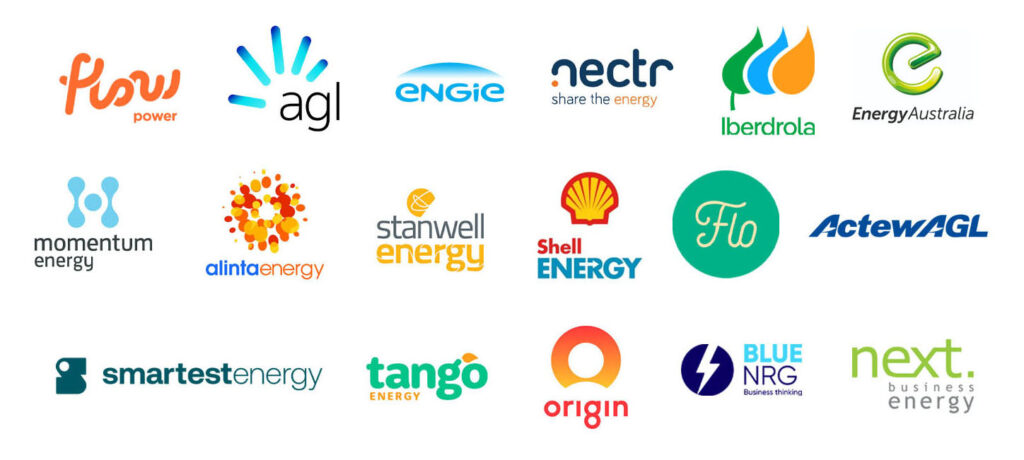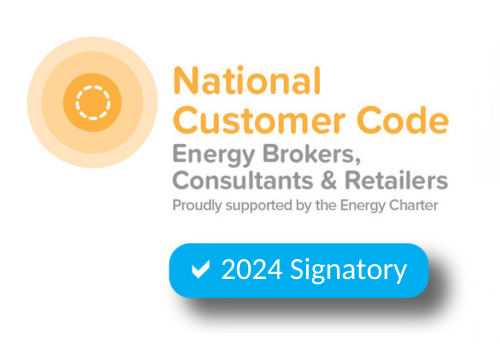South Australia became the first state in the National Energy Market to experience the new electricity spot market price cap of $16,600/MWh.
New South Wales was not far behind with one instance of spot pricing at $16,500/MWh being registered.
The Australian Energy Market Commission raised the market cap on 1 July, to bring it in line with the consumer price index.
Put simply, the spot price market cap is adjusted to the CPI as an indicator of inflation. As of August 20, 2023, inflation in Australia stands at 7 percent.
Under national electricity rules, the AEMC must adjust the market price cap and cumulative market threshold by 28 February of each year, before coming into effect on the new Financial Year on July 1.
The market price cap is the maximum price that can be reached on the spot market during any dispatch and trading interval. The cumulative price threshold is the maximum price across seven days’ worth of trade.
The spot market price cap has been raised from $15,500/MWh to $16,600/MWh and the cumulative market cap has been raised from $1,398,100 to $1,490,200.
What caused the spike?
On 11 August, wind generation in South Australia was particularly weak and sunshine was also anemic. Interconnector constraints were also in place, meaning that SA was exporting to Victoria but not importing from anywhere, meaning that supply was already tight.
In addition, there was an outage on the South East-Tailem Bend 275kV line. This caused two market cap pricing events in two five-minute intervals at 5:20 and 5:25 pm. AEMO then reported that all five 154MW Snapper Point Gas power station units tripped at 8:35 pm on 11 August.
This caused another price cap event at 8:50 pm. There were five other incidents between 5pm and 9:30 pm where pricing nearly hit the cap, coming in at $16,575.16/MWh.
Another price cap incident was registered on 1 August. This was caused by the tightening of supply stemming from weak wind and solar generation as well as constraints on the Heywood interconnector
NSW registered one pricing event at $16,500 on 15 August at 6pm. Volatility set in after solar went to bed, and wind generation was particularly weak.
What did this mean for NSW and SA electricity users
Our market update articles frequently highlight the correlation between spot prices and wholesale futures prices.
Although there are many drivers in the wholesale futures markets, spot prices generally tend to spill over into the futures market. If spot prices increase, we generally see that increase reflected in the wholesale market price. You can read more about spot prices and wholesale futures market rates here.
In the two above-mentioned cases, we can see how the market cap (or near market cap) spot pricing affected wholesale futures in both NSW and SA.
In the above price tracker, the increase in wholesale prices around the time of the $16,500 on 15 August caused prices on the wholesale market to increase by around $5/MWh over a two-day period.
South Australia’s wholesale prices are characterised by long periods of flat pricing, punctuated by pronounced spikes when volatility arises due to the state’s reliance on gas and imports when the sun is not shining and the wind is still.
In this case, prices increased by around $1/MWh around the time of the $16,600/MW/h spot market price cap events.
How the spot price cap has changed over time
| Dec 1998(start of the NEM) | At the start of the NEM, this was known as VOLL, and was set at $5,000/MWh. |
| June 2002 | VOLL increased to $10,000/MWh |
| 1 July 2010 | VOLL renamed the ‘Market Price Cap’ and was increased from $10,000/MWh to $12,500/MWh |
| 1st July 2013 | Market Price Cap increased to $13,100/MWh |
| 1st July 2014 | Market Price Cap increased to $13,500/MWh |
| 1st July 2015 | Market Price Cap increased to $13,800/MWh |
| 1st July 2016 | Market Price Cap increased to $14,000/MWh |
| 1st July 2017 | Market Price Cap increased to $14,200/MWh |
| 1st July 2018 | Market Price Cap increased to $14,500/MWh |
| 1st July 2019 | Market Price Cap increased to $14,700/MWh |
| 1st July 2020 | Market Price Cap increased to $15,000/MWh |
| 1st July 2021 | Market Price Cap increased to $15,100/MWh |
| 1st October 2021 | No change due to introduction of Five Minute Settlement. Cumulative Price Threshold increases by 6 times. |
| 1st July 2022 | Market Price Cap increased to $15,500/MWhCumulative Price Threshold increased to $1,398,100 (from $1,359,100 post 5MS). |
| 1st July 2023 | Market Price Cap increased to $16,600/MWhCumulative Price Threshold is scheduled to increase to $1,490,200. |
Electricity price caps are set to limit the amount providers can charge consumers. With the recent spot pricing cap increase in South Australia and NSW, large-scale electricity users may feel the effects on the wholesale price market.
While regulations like these protect consumers from price volatility, higher caps still mean that adjustments are to be expected.
Not sure what this means for your C&I business? Our Energy Management Consultants can provide you with data-driven analysis, advice, and energy procurement assistance.
Just get in touch with us at admin@leadingedgeenergy.com.au or get started here for obligation-free energy tenders based on your business’ needs.
We source, analyse, compare and rank commercial, industrial and multisite energy quotes. Obligation Free.
Chat with one of our experienced consultants today and get the insights your business needs to help manage the risks associated with volatile electricity and natural gas markets. Our energy procurement service is obligation-free and provides a time-saving way of securing lower energy rates from our panel of fifteen energy retailers.







